We are in the far north of Piedmont: the Formazza Valley is the last offshoot of the Ossola Valley, crossed by the Toce River whose source lies in the mountains on the Swiss border. Nestled in the Lepontine Alps, Val Formazza, totally part of the province of Verbano-Cusio-Ossola and dominated by the 3,374-meter Blinnenhorn (the “Corno Cieco,” the highest mountain in the valley), is squeezed between the Alps of Monte Leone on one side and those of Ticino on the other, and it creeps between Canton Ticino and Canton Valais in Switzerland. It is a popular place for mountain enthusiasts for its many trails, opportunities for long hikes amidst magnificent alpine views, even trespassing into Swiss territory to reach villages on the opposite side of the mountains that crown the valley. Sportsmen love Val Formazza for alpine skiing, cross-country skiing, and ski touring. In addition, Val Formazza has an important historical role as the land of the Walser community, a population of Germanic origin that inhabits the valleys around Monte Rosa: Val Formazza was their first settlement on Italian territory, and here the Walser (a word derived from “Walliser,” meaning “Valaisan”) have lived since the 13th century. Not only nature, then. So we have selected ten places not to be missed in Val Formazza.
A hamlet of the scattered municipality of Formazza (the only one in the valley), Riale is the northernmost village in Piedmont, as well as one of the highest, standing at 1,718 meters above sea level. It is one of the first villages founded by the Walser who came to Val Formazza in the Middle Ages from the Canton of Valais by citing the Gries Pass (in the Walser language, Riale is called Chärbäch). Popular for hiking and, in winter, cross-country skiing, Riale is a pretty cluster of houses, some of them old, dating back to the 18th century, as attested by paintings and inscriptions on the facade, occupying the meadows at the foot of the San Giacomo Pass. Above a grassy knoll stands the oratory of Sant’Anna, a small early 20th-century church that has become one of the symbols of Val Formazza because of its scenic appearance.
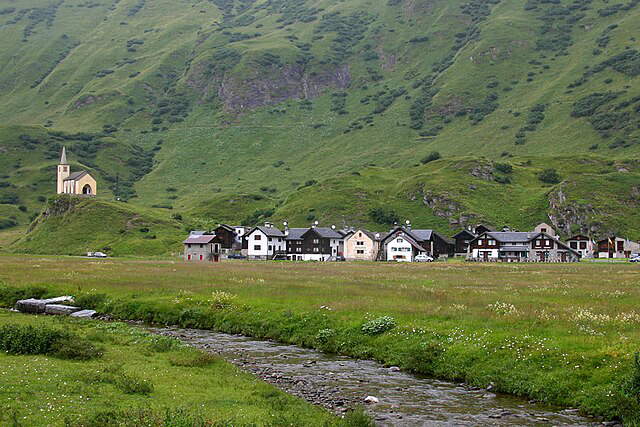
These are the most recognizable buildings in the small villages of Val Formazza: the typical Walser houses, which still inhabit Val Formazza today (17 percent of the inhabitants of the municipality of Formazza are native speakers of Walser, and 60 percent can speak it), are easily identified by the stone foundations and ground floor on which the building body (which can be multi-story), made of wood (usually larch, a plant that abounds in these parts), with balconies also made of wood, all crowned by a sloping roof of lose, slabs of flat stones also tpical of Alpine valleys. Impossible to leave Val Formazza without photographing a cluster of Walser houses.
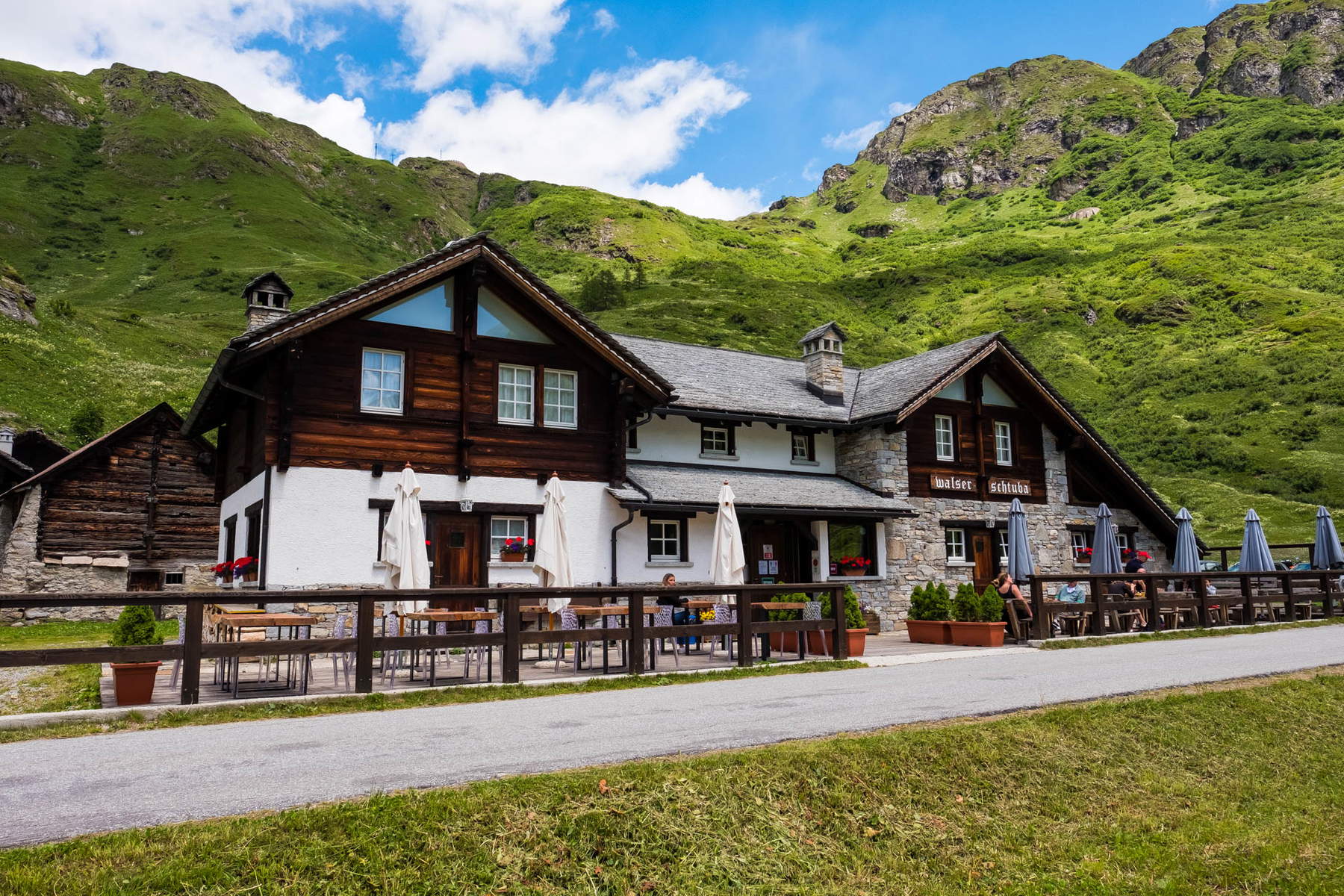
Also called “the Frua” (Frütt Fall in German), the Toce Waterfall is one of the most spectacular and scenic waterfalls in the Alps. It is formed by the Toce River, which shortly after Lake Morasco overcomes a 143-meter drop onto the rocks, a short distance from the highway that runs through the Formazza Valley. The Toce Waterfall is not always open (this is usually in summer), so it is worth inquiring about the days and times when it is possible to admire the spectacle of the water rushing down the drop, which was also admired by the composer Richard Wagner, who had the opportunity to see the waterfall on his way down from Switzerland to Italy. A curiosity: in 2003, the Toce Waterfall was for the first time the arrival of a long Alpine stage of the Giro d’Italia, the nineteenth of that edition, and was won by Gilberto Simoni who came in first after 236 kilometers of the race (Simoni would go on to win the 2003 Giro).
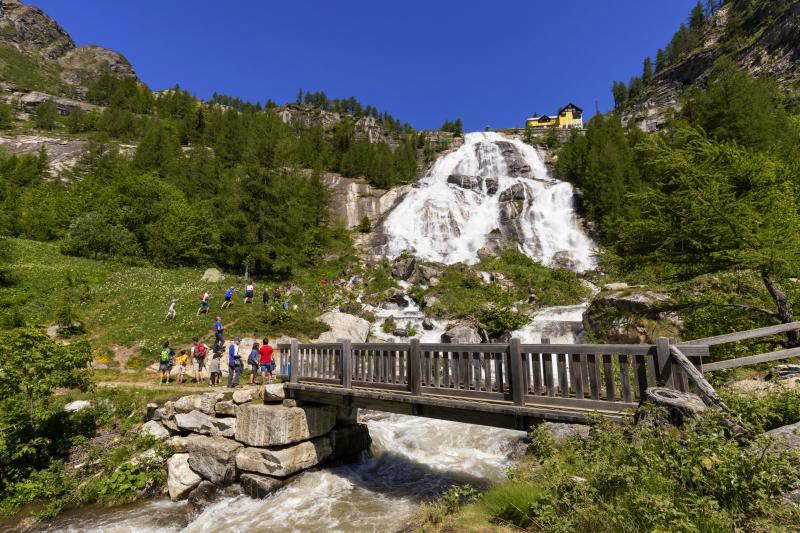
The Casa Forte di Ponte is the ethnographic museum of the Walsers of Val Formazza and is therefore the place to learn all about their culture. It is a 16th-century building built in 1569 by a wealthy landowner in the area, Antonio Zur Schmitten, and was formerly the seat of the ammano, the head of the local community, but also served as a warehouse for goods traveling between the Ossola Valley and Switzerland. Locals refer to it as “Schtei Hüs,” or “stone house.” The museum, which can be visited in the summer (again, it is a good idea to inquire about the hours), collects artifacts and objects that tell the story of the life of the Walser community, which was mainly dedicated to agriculture, sheep farming, and the mountains: there are tools for working the land and animal products (such as wool, milk), and photographs documenting how people once lived in these areas.
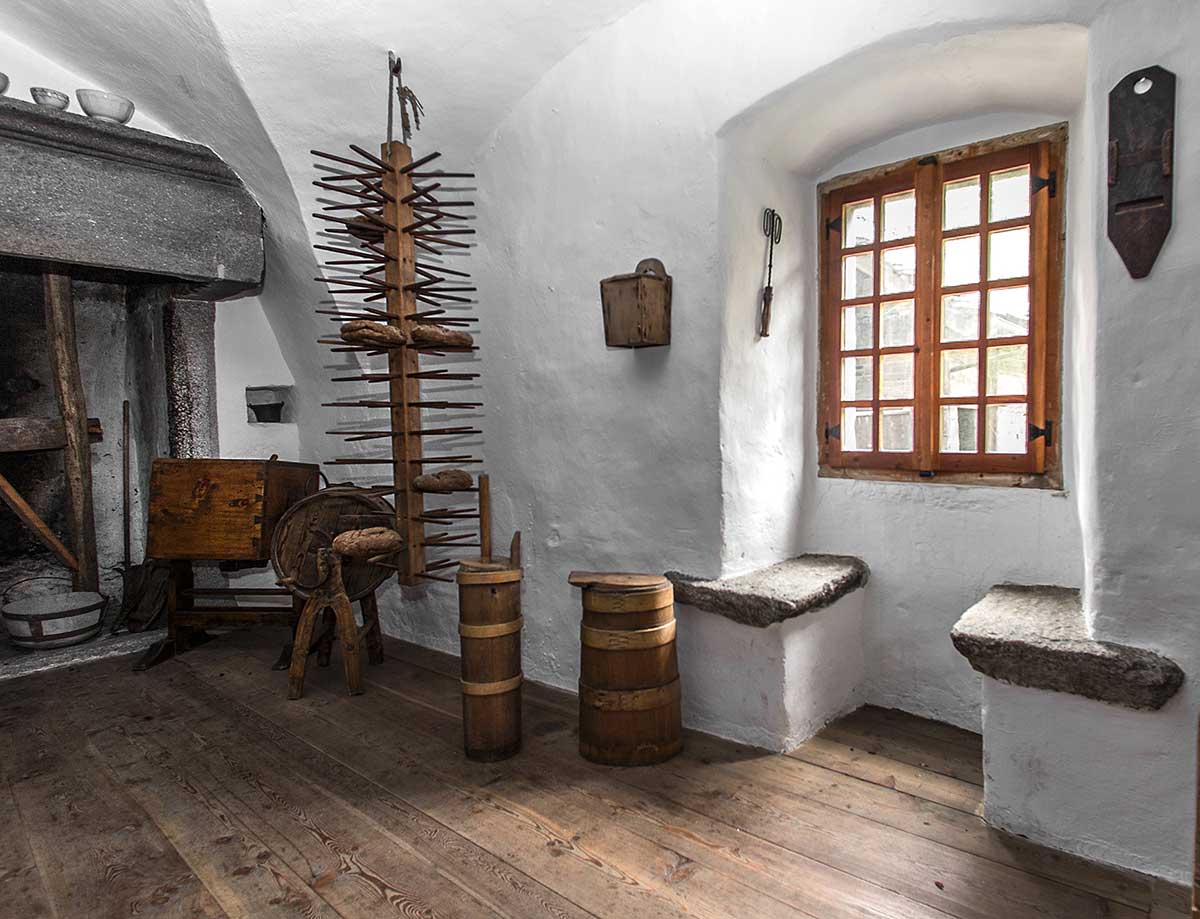
This is the parish church of Val Formazza and gives its name to the hamlet in which it is located, Chiesa (in Walser, however, “In der mattu,” meaning “In the meadows”). The original building was constructed at the end of the 14th century, after the Walser of the valley sent grievances to the bishop of Novara because they did not have their own place of worship, and to attend mass they had to go down to Baceno or Crodo, the two towns in the nearby Antigorio Valley. The Church of Saints Bernard and Charles, also known as the Church of St. Bernard of Mentone, met their needs. The present building was built in the seventeenth century and enlarged in the eighteenth century and has a salient facade preceded by a pronaos supported by paired columns, and a tall stone bell tower with decorations in geometric patterns. Worth seeing inside are the wood carvings that represent the main art form of Val Formazza.
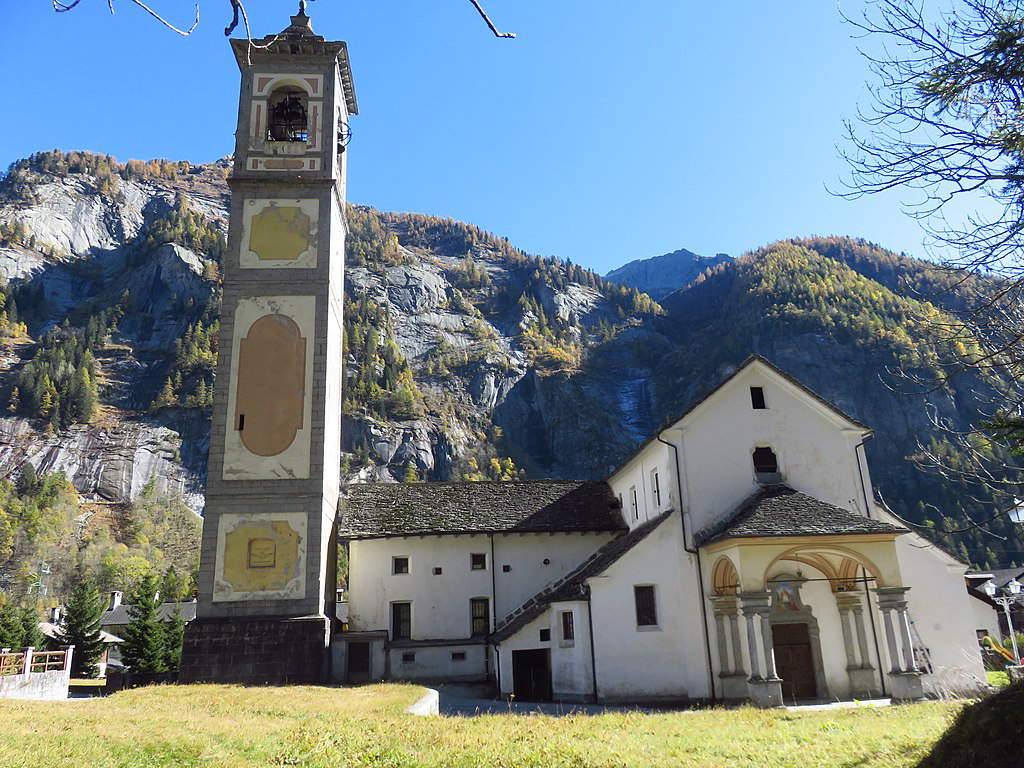
Val Formazza is also known for the exploitation of hydroelectric power, which together with tourism-related activities is the main item of income for this land. Many, therefore, are the reservoirs built to use the power of water as an energy generator: Lake Morasco itself was formed as a result of the dam built in the 1930s by the Edison company, 564 meters long and 55 meters high. However, the creation of this lake, now a splendid view set among the Alps, also had the negative side of the coin: for the construction of the dam it became necessary to flood the ancient village of Morasco, a 15th-century settlement that was among the oldest Walser villages in Val Formazza.
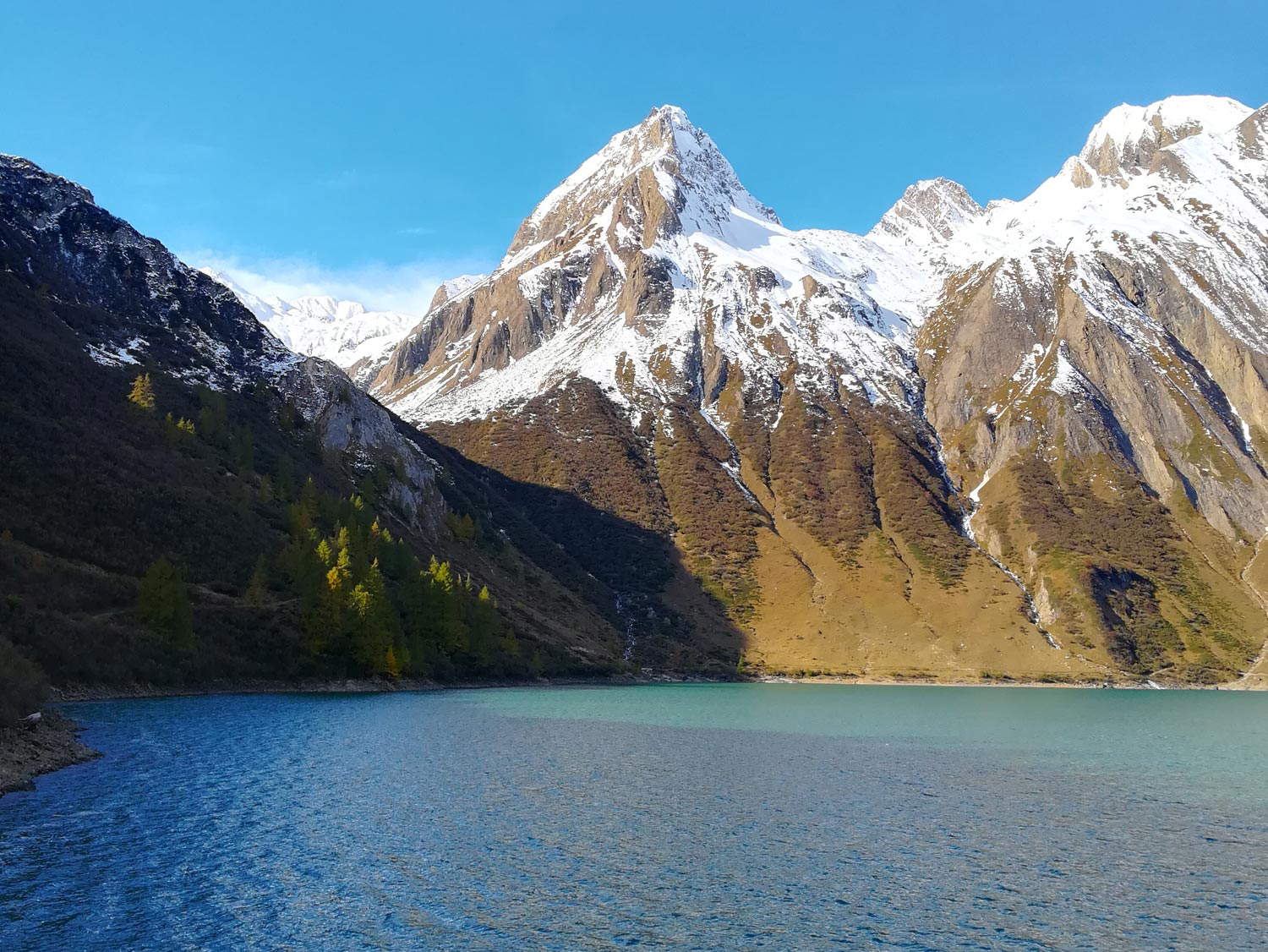
The village of Antillone (Puneigä in Walser) is one of the most characteristic in Val Formazza and has a peculiarity: it is not inhabited all year round (in fact, its houses today have become vacation homes). The village is situated around a small alpine lake, Lake Antillone, nestled among coniferous forests: particularly impressive in winter is the spectacle of snow covering it when the surface is frozen. However, there are many other lakes in the area: several hiking trails offer easy walks among the paths that take walkers to the many small alpine lakes that dot the Formazza Valley.
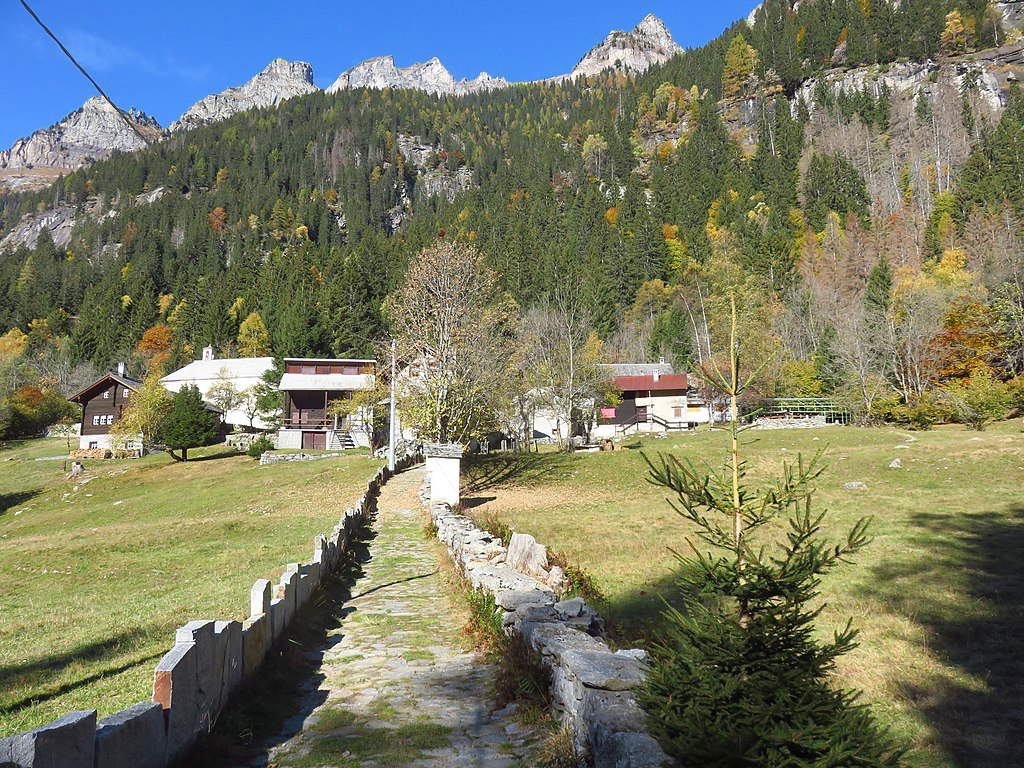
Historic route named after Abbot Nicolao de Rodis-Baceno, who lived in the 13th century and walked the route from Baceno in the Antigorio Valley to Disentis in the Grisons in Switzerland in 1296 to become abbot of the Disentis monastery. This route today revives in the footsteps of an important ancient mountain route, to offer travelers a fascinating hiking route that links Italy and Switzerland by retracing the paths that took Abbot Nikolaus from his Baceno home to the important Benedictine monastery across the Alps.
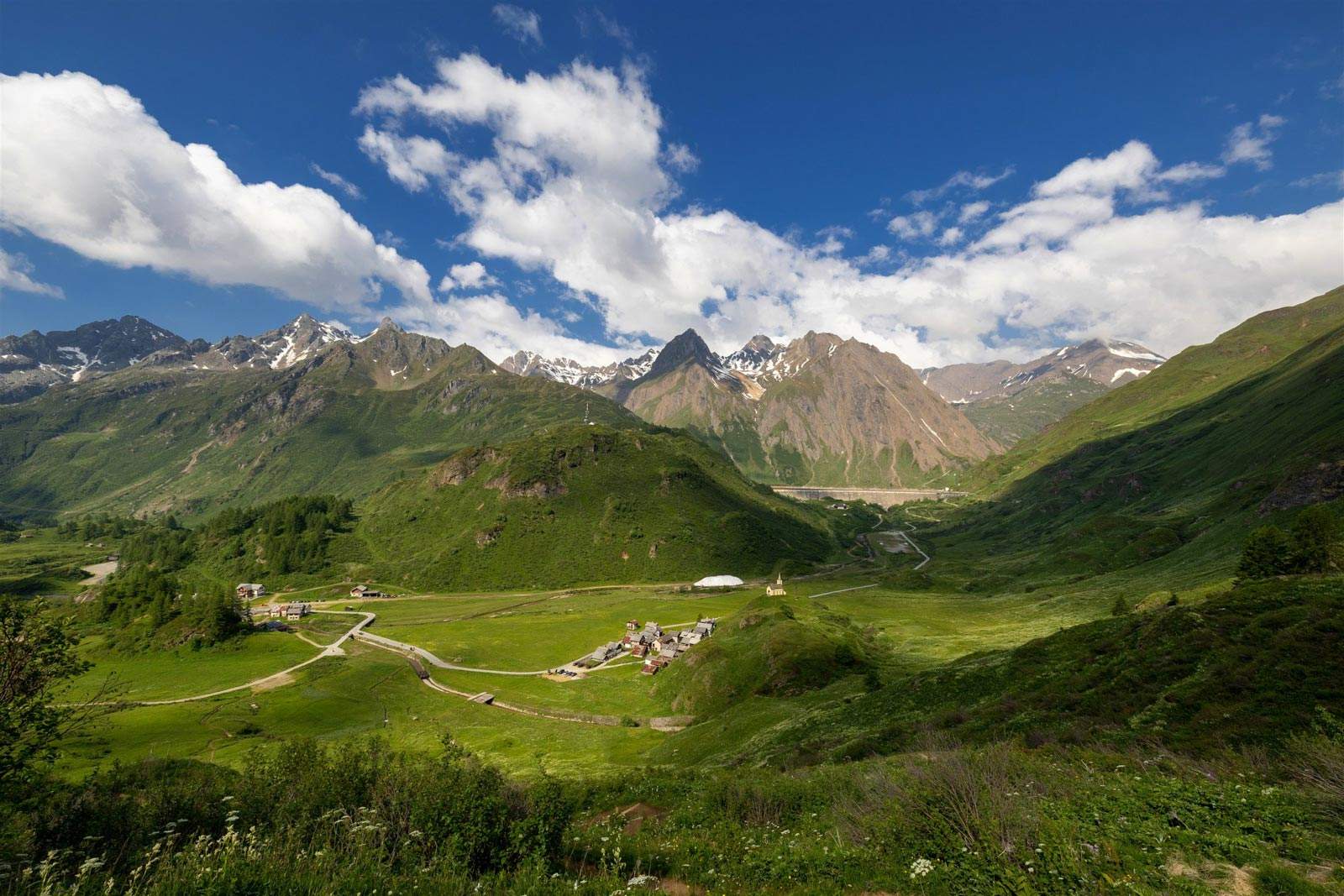
Founded in 1911, the Formazza Ski Club is one of the oldest ski clubs in the Alps. In Riale, in a room that belongs to the Sci Club, a Historical Room has been opened that, through displays of memorabilia, trophies and photographs tells not only more than a century of successes of this ski school, but also the history of the spread of alpine skiing in Val Formazza.
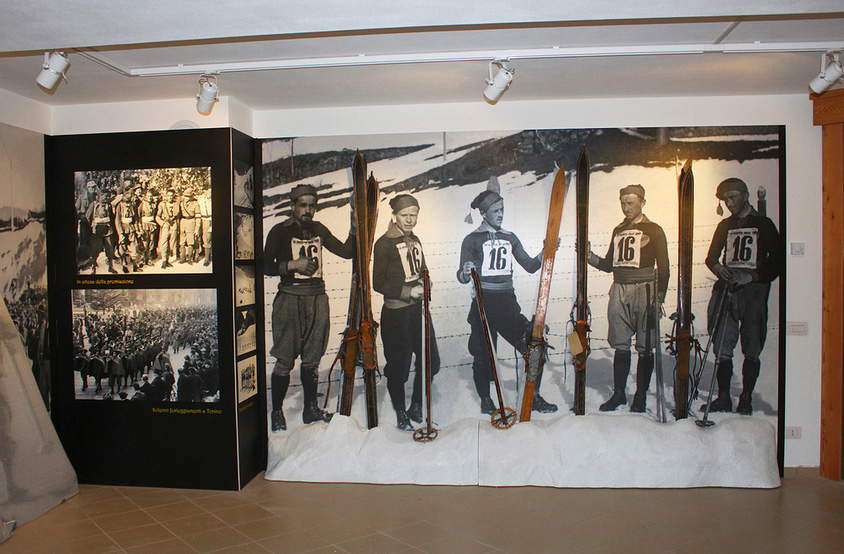
Canza (Früttwaald in Walser, meaning “waterfall forest”), located 1,418 meters above sea level, is a quaint village in Val Formazza, and is one of the best-preserved Walser settlements, despite being seriously damaged by an avalanche that struck it in 1951. Interesting examples of Walser houses can be found here, but Canza is also an ideal departure point for many hikes to the peaks, forests and lakes of Val Formazza.
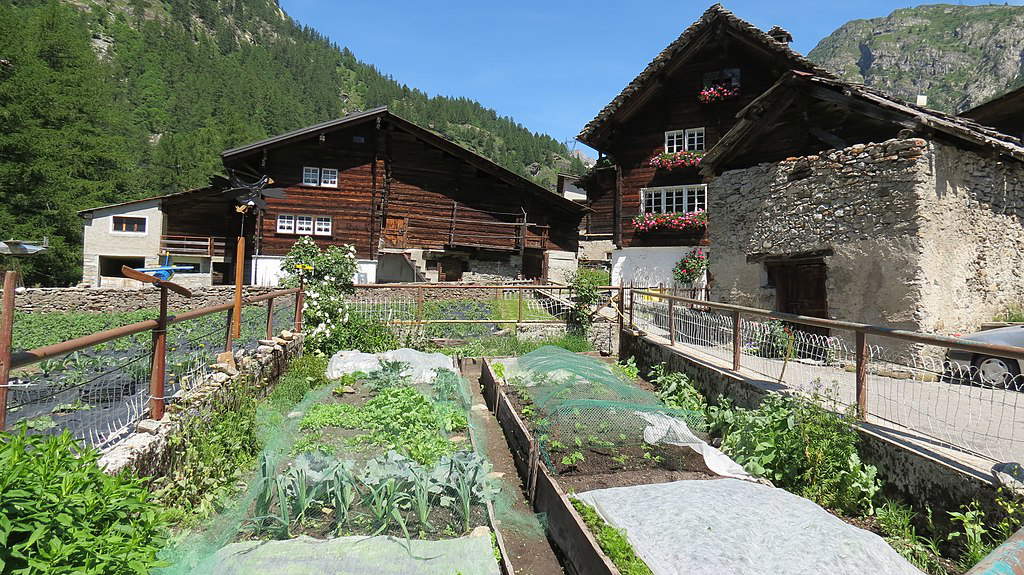
 |
| Val Formazza, what to see: 10 places not to be missed |
Warning: the translation into English of the original Italian article was created using automatic tools. We undertake to review all articles, but we do not guarantee the total absence of inaccuracies in the translation due to the program. You can find the original by clicking on the ITA button. If you find any mistake,please contact us.